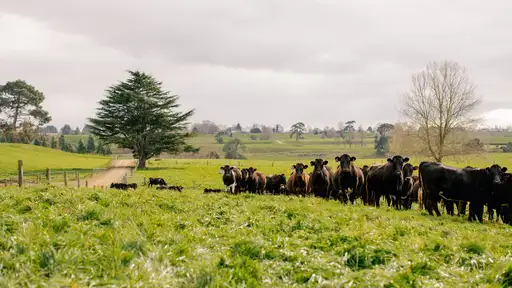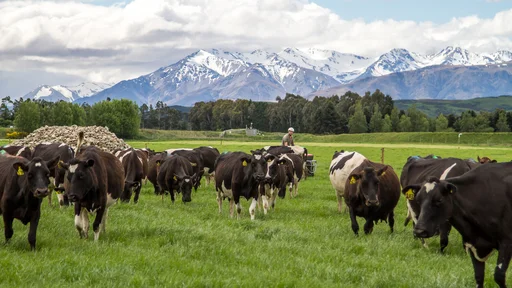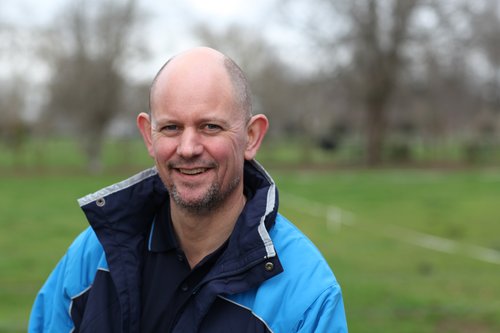
The dairy industry is the engine room of the New Zealand economy - it was when I joined LIC over eight years ago, it is now, and it will be for many years to come. While other sectors come and go, the dairy industry continues to lead the way.
Science and technology will be key to ensuring Kiwi farmers continue to thrive, and that they are well equipped to meet increasing environmental and animal care requirements – now and into the future.
Facing climate challenges has to be a joined-up effort and not one initiative is going to shift the dial. We have made a good start but we need to do more and move faster. Provided that our farmers continue to use all the tools available, and we continue to pioneer and champion world leading research, we are on the right track to meet our climate targets.
Here are five things we can do to help the New Zealand dairy industry meet its climate goals:
- Accelerate collective action on climate change.
As a sector, we need to be moving faster to meet our targets and accelerating action to help our farmers manage and offset the scale of reduction. Whether it’s Government, businesses or farmers, we can’t solve these climate challenges on our own – and we have seen great progress when we do collaborate.
LIC has a methane research trial underway, funded by the NZ Greenhouse Gas Research Centre and in partnership with CRV, our major competitor. It may take multiple years for us to have a large enough data set to determine whether we can further reduce methane emissions from cows through genetics. But if a genetic link is confirmed, farmers will ultimately be able to breed low methane-emitting cows from low methane-emitting bulls.
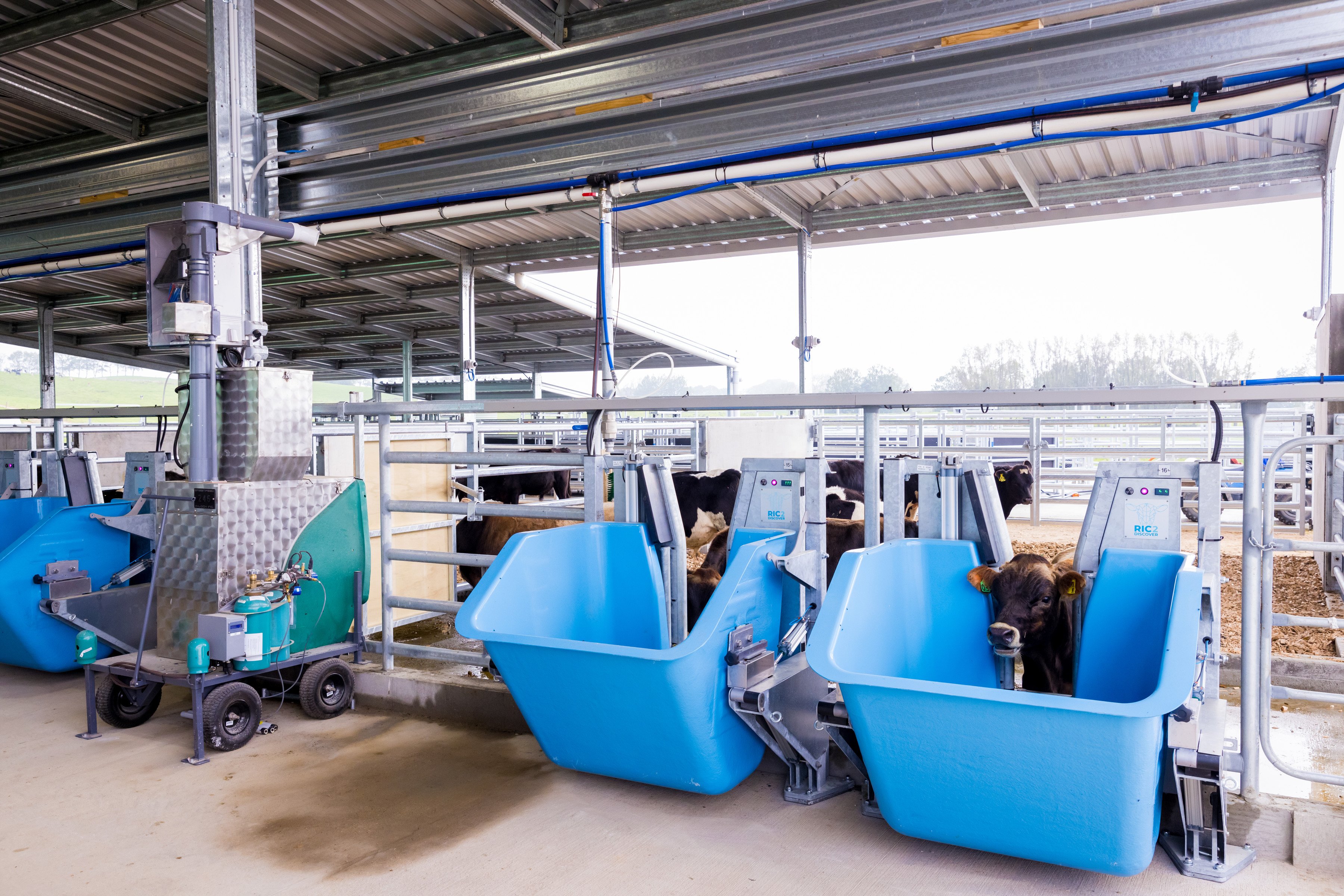
Last month LIC pledged its support for Pathways to Dairy Net Zero, a new global initiative which aims to accelerate climate change action and reduce greenhouse gas (GHG) emissions across the dairy sector. A number of leading global organisations, including 11 of the 20 largest dairy companies in the world, have also declared their support for the effort.
2. Continue investing heavily in genomics to rapidly increase genetic gain.
Elite dairy genetics via genomic selection will play a significant role in the dairy industry’s response to Climate Change Commission’s targets for greenhouse gas reduction in agriculture. Improved dairy genetics is a win-win for our farmers’ profitability and for our climate, and it is a far more precise tool for farmers to meet climate goals than a blunt instrument of cutting cow numbers.
The purpose of genomics in animal evaluation is to predict the future. Rather than waiting for performance data from a bull’s daughters to come through, genomic evaluation utilises a young bull’s DNA and ancestry to predict that performance, so we know as early as possible whether a bull has the genetic merit to sire the next generation of sustainable and efficient dairy cows for New Zealand.
It means we won’t need to rely solely on cutting herd numbers, because the DNA of our dairy herd will do a lot of the heavy lifting when it comes to meeting our sector’s climate goals. Using genomics and identifying the traits that reduce methane production, by 2050 we are predicting that the same number of dairy cows would produce 10% less methane - a significant contribution to our climate goals.
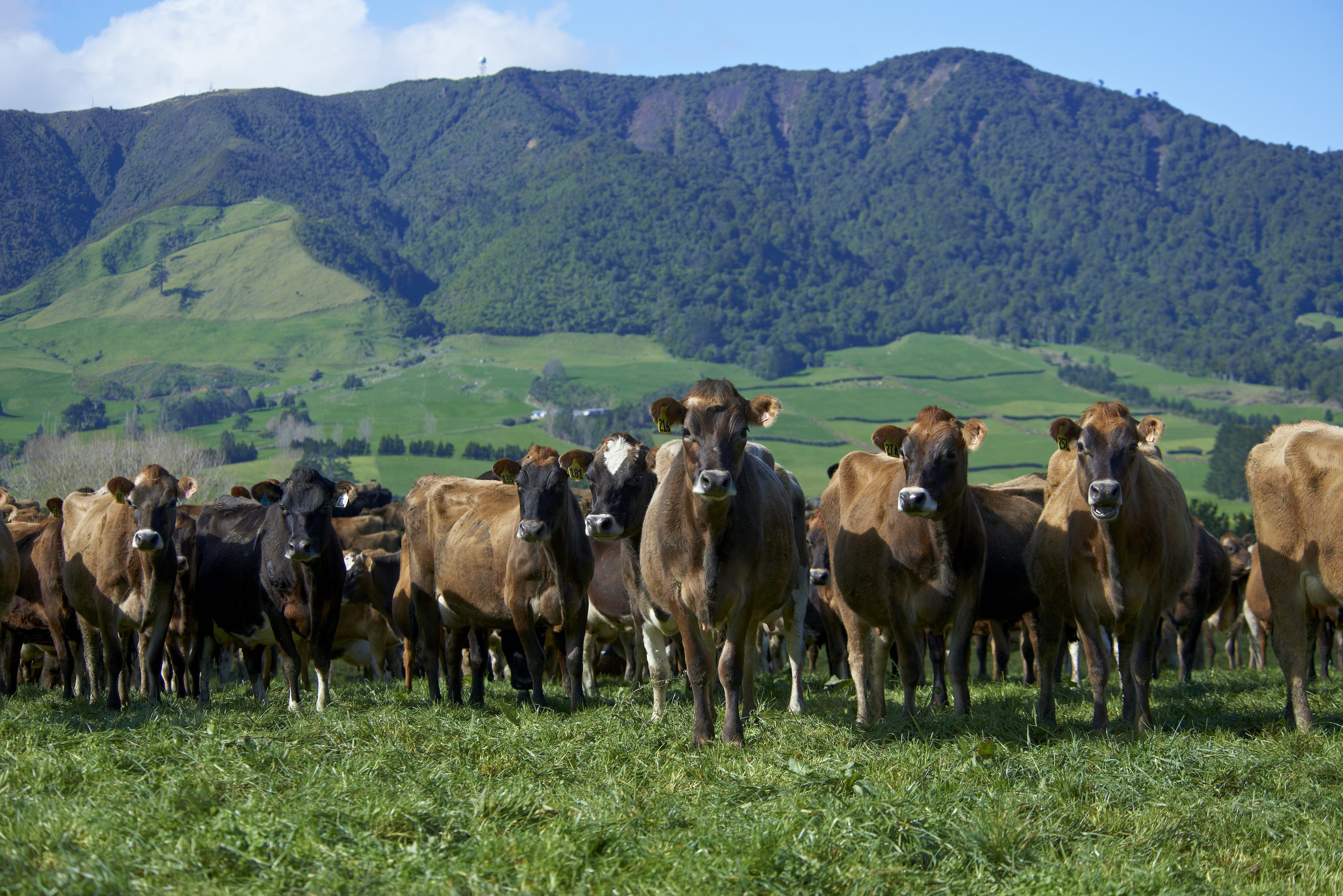
Cow numbers are reducing by about 1 per cent per year at the moment due to land use change and a range of other factors. Despite that, we should be able to maintain production by turning more feed into milk and less into waste through improved cow efficiency. Genomics is the critical enabler here.
While many industries only recently began responding to climate challenges, LIC and its farmer shareholders began to invest in genomics over 30 years ago to improve genetic gain within the herd - investing more than $78 million in genomics R&D to be at the forefront of pasture-based genetics globally. One of the material outcomes of this three decades of investment is that farmers are better equipped to meet their climate targets by using faster genetic gain to breed more productive and sustainable animals.
3. Take a portfolio approach to helping farmers reduce their emissions.
In itself, improved genetics will not be enough to meet our climate goals. Given increasing environmental pressures on-farm, it’s important that we are tackling the issue from every angle, and that includes exploring other technological solutions alongside genetics.
The Climate Change Commission highlighted the need for long-term investment in R&D for agriculture to develop solutions such as inhibitors, vaccines, as well as research into selective breeding.
One of these solutions being explored is by the Cawthron Institute who are turning the seaweed Asparagopsis into a greenhouse gas-busting cattle feed supplement.
4. Increase the uptake of precision tools by our farmers.
A broader use of our existing tools and accelerating uptake of new technologies is also part of the climate answer. We’re seeing a noticeable shift in farmer focus, primarily driven by discussions about farming more sustainably, as interest in our high value genetics continues to grow year-on-year.
Sexed semen orders have doubled in the last year with over 200,000 straws ordered – proof that our farmers are acting now and embracing change. Sexed semen, which delivers a 90 per cent chance of producing a female calf, enables farmers to get more high quality replacement calves from their top performing cows, and reduce the number of bobby calves born.
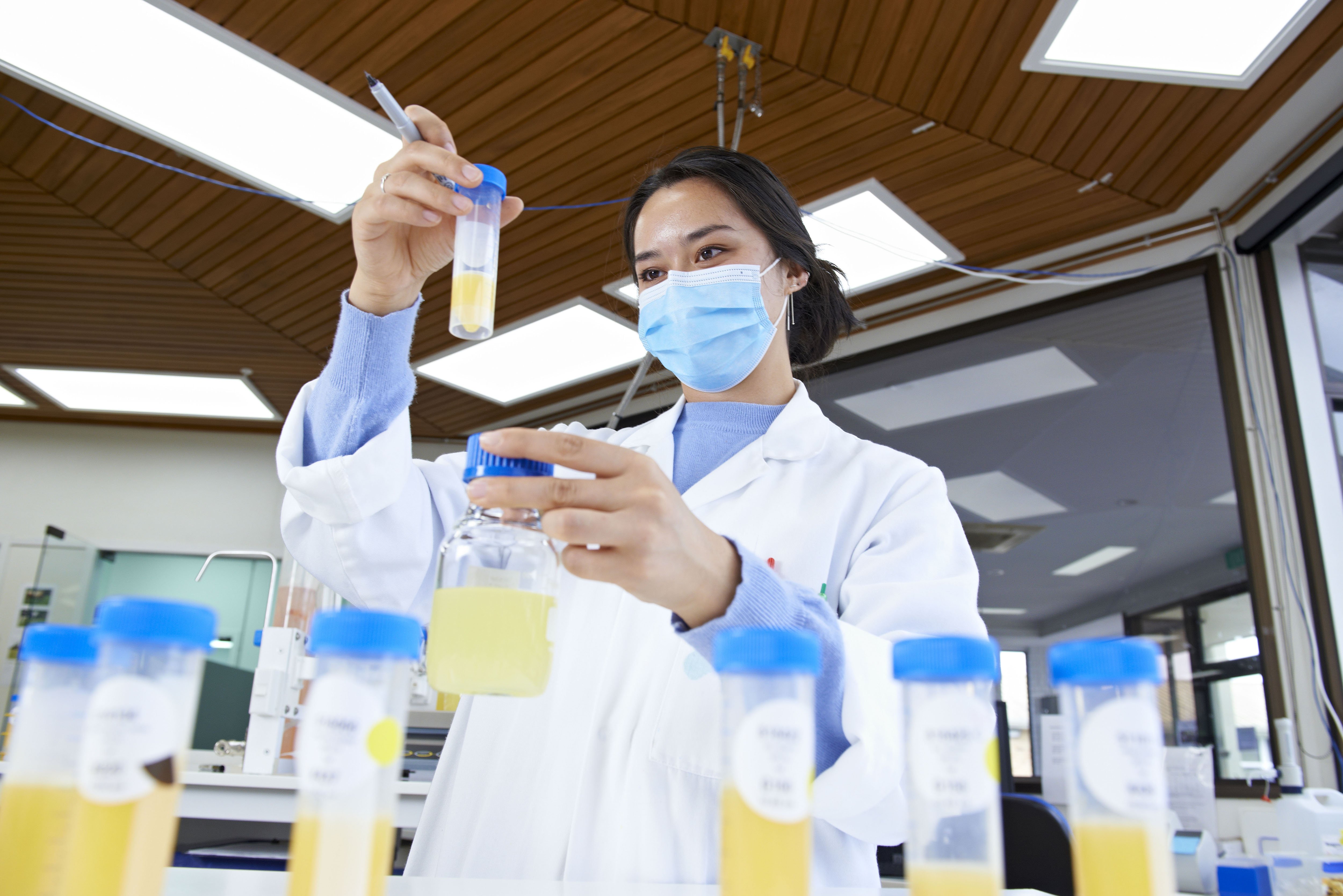
5. Be open to new technologies.
Gene editing is another thing we should be investigating further. Gene editing might help us include any new discoveries more quickly into the national herd.
It’s crucial that we explore all possible solutions. As possible solutions emerge LIC is focussed on researching, trialling and refining options so we can offer up the best tools to enable farmers to make efficient environmental decisions.
There is work to do on the environmental footprint of the sector, but LIC is one of many companies working to find the solutions. The good news for New Zealand dairy farmers is that they won’t have to rely solely on cutting herd numbers to achieve climate targets.
Science and technology will continue to be critical for our farmers, providing them with the precision tools they need to farm more sustainably and to breed more climate-friendly cows. We’ll continue to add to this toolbox to support our farmers.

